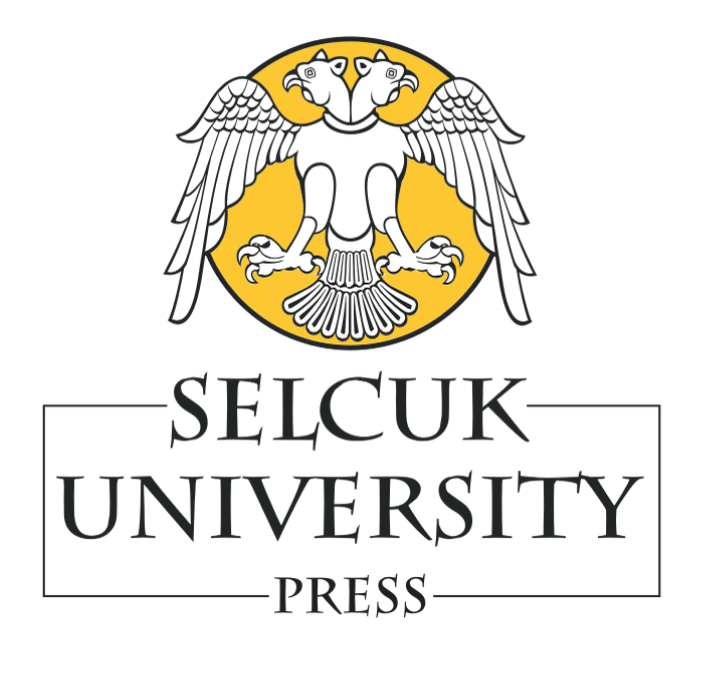| 2000, Cilt 16, Sayı 2, Sayfa(lar) 081-088 |
| [ Türkçe Özet ] [ PDF ] [ Benzer Makaleler ] |
| Embryonic Development of Chicken Thymus and Effects of Hydrocortisone Acetate on the Organ at Post Hatching Period |
| Mustafa Sandıkçı1, İlhami Çelik2 |
| 1ADÜ Veteriner Fakültesi Histoloji-Embriyoloji Anabilim Dalı/AYDIN 2SÜ Veteriner Fakültesi Histoloji-Embrivoloji Anabilim Dalı/KONYA |
| Keywords: Thymus, Chicken, Hydrocortisone acetate |
| Downloaded:1501 - Viewed: 3414 |
|
In this study, embryonic development of the chicken thymus were investigated light microscopically. Normal involulive changes occured at post hacthing period and effects of hydrocortisone acetate (HCA) treatment on this lymphoid organ were also determined. As materials, 80 fertilized eggs from Avian Bred and tissue samples taken from 200 chickens from the same strain were used. On the 6th day of incubation, a number of large and dark basophilic cells were observed in the organ primordium, and on the 8th day these cells have formed acumulations. On the 10th day, the thymic tissue has become lobulated. On the day 12, interlobular the connective tissue has thickened and in the central region of lobuli the vaskularization has increased. On the day 13, a difference between cortical and medullar regions was appearent. In this period, both large and small lymphocytes were observed in both cortical and medullar region, and reticular cells have accumulated in the medullar region. There after 13lh day of incubation, a number ol ANAE-positive lymphocytes were observed in the medullar region. On the day 15, medullary cysts located miercellularly were observed in the reticular cell accumulations, and both their numbers and sizes increased gradually at the lollowing periods. During the poslhatching period, on the 2nd day following HCA treatment, a relative decrease in cortical thickness of thymus and a striking increase in the number of medullar cysts were observed. Four days after HCA treatment, the cortical region has almost disappeared, and in some of the sections most of the cortical lymphocytes had pyknotic nuclei. Interlobar and interlobular connective tissue septae have thickened, the cysts have enlarged and their numbers were increased. Degenerated reticular cells and their groups have also formed large accumulations. Involutive changes continued gradually also in the following periods of the experiment.
|
| [ Türkçe Özet ] [ PDF ] [ Benzer Makaleler ] |





